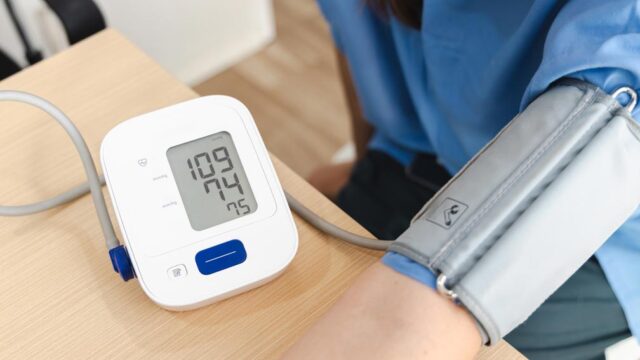Advertisment
UK researchers lead study identifying varied factors in buprenorphine users and urine drug testing

A study by a team of researchers across the country, including two from the University of Kentucky, is the first to demonstrate a connection between the characteristics of patients receiving buprenorphine for opioid use disorder and the use of urine drug testing.
Lindsey Hammerslag, Ph.D., an assistant research professor in the Division of Biomedical Informatics in the UK College of Medicine, and Jeffery Talbert, Ph.D., the director of the Institute for Biomedical Informatics and professor in the UK College of Pharmacy, led the group of researchers from eight other states on the study published in the journal Drug and Alcohol Dependence.
Buprenorphine is the first medication approved to treat opioid use disorder (OUD). It alleviates withdrawal symptoms, reduces cravings and pain, decreases infections and lowers the risk of mortality.
Treatment guidelines for people using buprenorphine recommend regular urine drug testing (UDT) to find out if patients are using opioids or adhering to the medication; however, federal law requires UDT for patients receiving methadone, a Schedule II control medication also used to treat OUD.
“Our study found that patients who had already undergone testing before starting treatment or who had a history of infectious disease were the most likely to be tested after initiating treatment,” said Hammerslag, lead author of the study.
Researchers used the Medicaid Outcomes Distributed Research Network (MODRN) to analyze data on Medicaid beneficiaries starting buprenorphine treatment and undergoing UDT in nine states from 2016 to 2019: Delaware, Kentucky, Maine, Maryland, Michigan, North Carolina, Pennsylvania, Wisconsin and West Virginia.
The findings show more patients were tested over time, from 75% in 2016 to 83% in 2019, and that states varied both in testing rates and in the factors associated with testing.
“The treatment of OUD has changed in recent years, with the rise of telemedicine treatment, and the current study provides valuable insight into who was receiving UDT just prior to these changes,” said Hammerslag. “Understanding who receives testing can also inform the ongoing debate around whether the costs and risks associated with urine drug testing may outweigh the potential benefits.”
For this study, UK partnered with researchers at the University of Pittsburgh, the University of Southern Maine, Northwestern University, the University of North Carolina at Chapel Hill, the University of Utah, the Hilltop Institute and the University of Wisconsin.
IMAGE: PACKAGE OF EXTENDED-RELEASE BUPRENORPHINE, WHICH IS USED TO TREAT OPIOID USE DISORDER.
CREDIT: PETE COMPARONI | UNIVERSITY OF KENTUCKY PHOTO.








